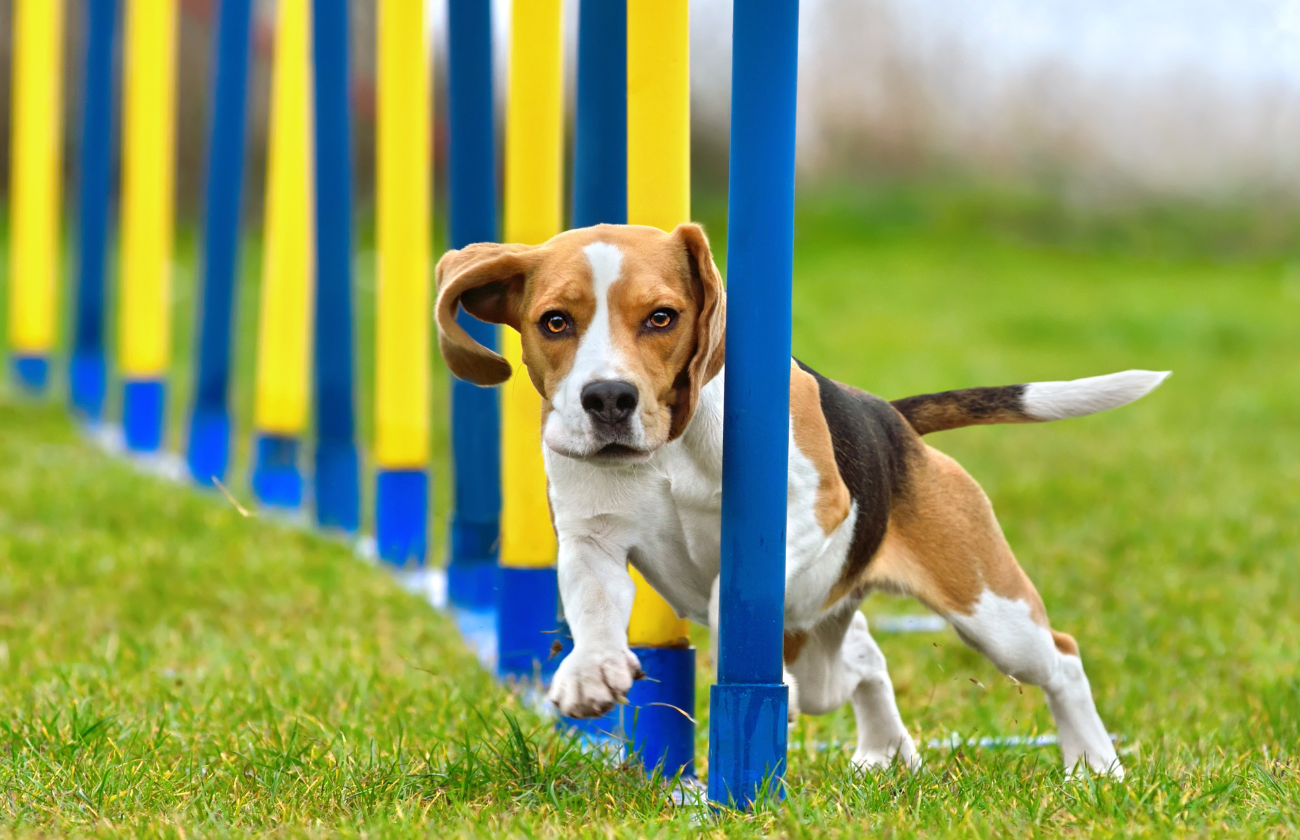No products added!
Educating your dog to avoid unnecessary barking
Practical Strategies for a Peaceful Coexistence
Excessive barking from a dog can become a frustrating challenge for both owners and neighbors. However, good news lies in education and patience, which can help address this behavior. In this article, we will explore practical strategies for training your dog to prevent unnecessary barking, fostering a peaceful and harmonious coexistence.
1. Understanding the Cause of Barking:
Before addressing the issue, it is crucial to comprehend why your dog is barking. Barking can stem from various reasons, including boredom, fear, anxiety, territorial instincts, or a natural response to external stimuli. Observe your dog’s environment and behavior to identify situations triggering the barking.
2. Providing Adequate Mental and Physical Stimulation:
A bored dog is more likely to bark without reason. Ensure you provide enough mental and physical stimulation to keep your dog engaged. Interactive games, chew toys, and daily walks are excellent ways to keep your dog active, reducing boredom and the need to bark to release excess energy.
3. Establishing a Consistent Routine:
Dogs thrive on routine, and setting regular schedules for meals, walks, and playtime can help reduce anxiety leading to barking. Consistency provides a sense of security for your dog, minimizing stimuli that trigger unnecessary barking.
4. Basic Command Training:
Teaching basic commands such as «quiet» or «silence» is crucial for controlling barking. Use positive reinforcement like treats or praise when your dog responds appropriately to the command. The key is to associate the action of stopping barking with something positive to reinforce the desired behavior.
5. Identifying and Addressing Anxiety Causes:
Anxiety is a major contributor to excessive barking. If your dog exhibits signs of anxiety, such as trembling, restlessness, or nervous chewing, it’s essential to address the underlying cause. Consulting with a veterinarian or a dog trainer can help develop specific strategies to reduce your pet’s anxiety.
6. Avoiding Reinforcement of Negative Behavior:
Refrain from reinforcing the habit of excessive barking. If your dog barks for attention and you respond, even if it’s to scold, you are unintentionally reinforcing the behavior. Instead, wait for your dog to calm down before providing positive attention, teaching them that silence is rewarded.
7. Using Anti-Barking Devices:
Various devices are designed to assist in controlling barking. These range from anti-barking collars to ultrasonic devices that emit unpleasant sounds for the dog when they bark. However, it’s essential to use these devices responsibly and in conjunction with positive training methods.
8. Proper Socialization:
Early and proper socialization can help prevent territorial and fearful barking. Exposing your dog to different situations, people, and other animals allows them to feel more comfortable and secure in various circumstances, reducing the need to bark as a response to the unknown.
9. Seeking Professional Guidance:
If barking issues persist despite your efforts, consider seeking the assistance of a professional dog trainer. These experts can assess your dog’s behavior, identify underlying causes, and provide personalized strategies to effectively address the problem.
10. Patience and Consistency:
Patience and consistency are key in any training process. Changing your dog’s behavior takes time, and it’s crucial to be consistent in applying training strategies. Celebrate small successes and maintain a positive attitude to encourage continuous progress.
20%
Offer
Purchase pet food with exciting offers
«The decision to have a dog as a pet is a pact of love and responsibility, where the pros offer unconditional company and joy, while the cons demand commitment, patience and reflection on shared life. In this duality, we discover the richness of a unique relationship between humans and canines.»
Educating your dog to avoid unnecessary barking is a process that requires dedication and understanding. By identifying the underlying causes, providing stimulation, and using positive reinforcement, you can help your dog develop quieter and more controlled behavior. The key lies in building a relationship based on communication and mutual respect, leading to a more harmonious coexistence for both you and your canine companion.


